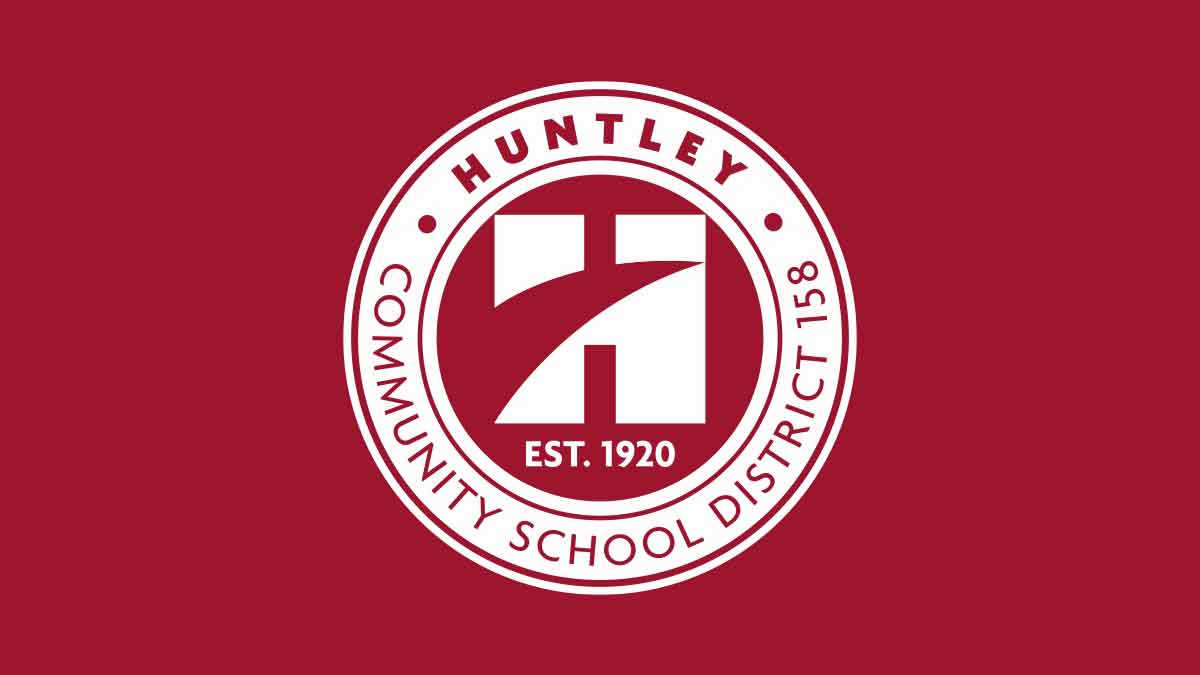What Are the Benefits of RtI?
Perhaps the greatest benefit of an RtI approach is that it eliminates a “wait to fail” situation because students get help promptly within the general education setting. As soon as assessment data indicates a problem area for a student or a group of students, interventions are put into place to address these concerns.
While the interventions are taking place, school staff monitors progress that these students are making in their problem areas.
These progress monitoring techniques used within the RtI process provide information that allows teachers to better evaluate student needs and match instruction, resources and interventions appropriately.
What do the Tiers mean?
RtI is defined into three tiers.
- 80-90% of the students are in Tier 1. Students in the class receive the core curriculum during small/whole group instruction.
- 5-10% of the students are in Tier 2. Students receive small group interventions that are skill-based. Interventions are in addition to Tier 1.
- 1-5% of the students are in Tier 3. Students are referred to the problem solving team in order to customize the interventions to meet individual needs. Interventions are in addition to or in replacement of Tier 1 or Tier 2 depending upon the intervention.
How are services decided?

Students are identified for interventions using data from benchmark assessments then a collaborative decision-making process is used to evaluate the data and determine areas of need, analyze what is the root cause of the problem, and what intervention will be used.
What are some examples of questions that would be asked during a RtI data meeting?
- What is the target performance/behavior?
- What intervention might be most successful?
- Who will carry it out? When? Where?
- How will progress be measured? When? By whom?
- What do the data tell us?
- Do we need another intervention to reach the target?
- In short:
- What is the student need?
- What is the best intervention to meet this need?
- How will we know the intervention worked?
- In short:
What data is reviewed?
- Guided reading levels
- Classroom performance
- NWEA MAP results
- AIMSWeb
- Curriculum based measurements
- Other assessments may also be taken into consideration based upon the individual student
How are parents notified?
Parents will receive a letter that states what area a student needs additional instruction and practice and which skill(s) will be worked on.
Where can I get more information about RtI?
For specific questions about your child, you may contact your child’s teacher or the RtI facilitator at your child’s school.
For general RtI questions, please contact your child’s principal or Dr. Julia Cloat, Director of Curriculum & Instruction.
If my student is recommended for special services, what is the entitlement process?
In order for a student to be considered for Special Education Entitlement in the area of Reading or Math they must have moved through the RtI process including large group instruction (Tier 1), small group instruction (Tier 2) and individualized more time intensive instruction (Tier 3) and continue to demonstrate a lack of performance growth within a scientifically based curriculum and/or intervention.
Additionally,
- Fidelity of instruction and interventions has been evaluated through classroom walk-through data.
- A planning form for instruction and interventions has been created through the collaboration of the problem solving team, special education providers and intervention specialists.
- Ongoing data collection is performed throughout the process weekly or bi-weekly.
- At least 2 cycles of tier 3 interventions have been provided.
- A student observation has occurred within the educational setting.
- Evidence of parent communication through the RtI process.
Once students have moved through the RtI process outlined above, in order to be considered for entitlement, students must demonstrate performance discrepancy as indicated by national, state and local assessments AND are not demonstrating educational progress through those established national, state or local norms. Additionally, the team has come to consensus on instructional needs, through the intervention process within the problem solving model and have considered moving to the Domain Review.
